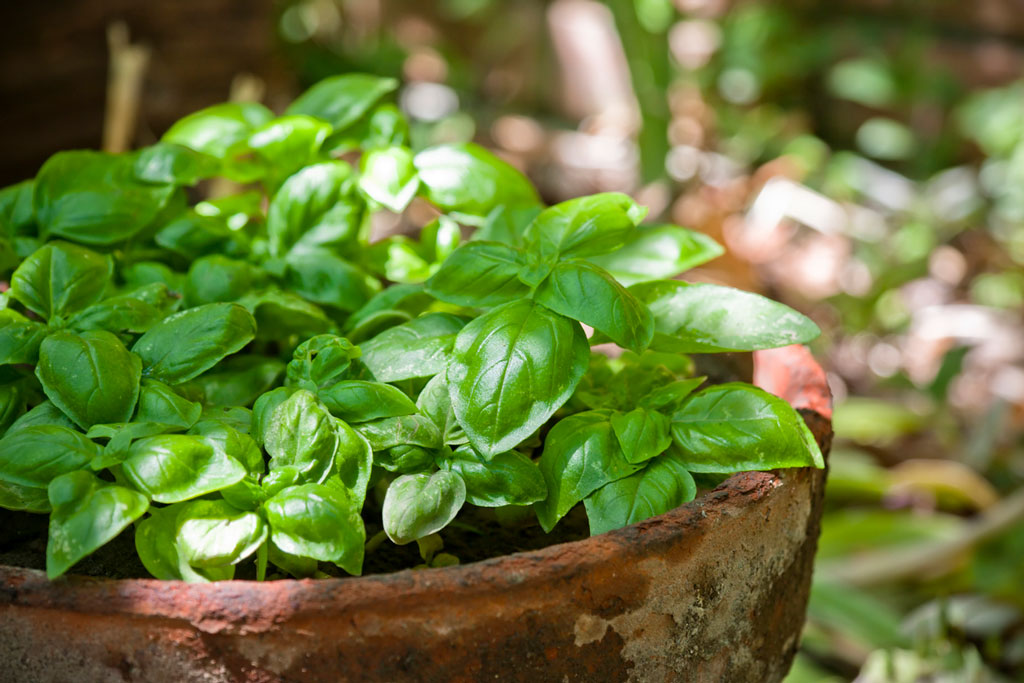You can tell if a bluebonnet has been pollinated by looking at the flower. Where there normally was a white spot in the middle of the blue, if pollinated, it will be pinkish-red.
Pollinated blooms turn to seed. Once the flower has begun the pod cycle, it is tempting to mow because it might not be as pleasing to the eye. But WAIT! Don’t mow your expired wildflowers until the seed pod is ready and viable for next spring. You can check to see if a bluebonnet seed pod is ready by jiggling it a little. If it makes a sound like a baby rattle, then it has completed its cycle.
Bluebonnet seed pods twist and propel their seeds up to 10 feet. Each seed pod contains (a minimum of) three years of seed. That means, from that seed pod, some seeds will germinate next year, some the year after, and some the year after that.
DARK SKY LIGHTING
Ben Eldredge of Cibolo Nature Center eloquently explained the importance of dark sky lighting:
"Our stars are fading behind a vail of light," Eldredge writes. "As communities grow, the amount of light grows with them, casting more light into our atmosphere. This light interacts with particles in the atmosphere, bouncing light back to the planet’s surface. Eventually, all but the brightest stars become obscured from view. This effect is called 'light pollution' and besides blocking our view of the universe, it also disrupts people’s sleep patterns and confuses wildlife.
"This is why 'Dark Sky Lighting' and 'Dark Sky Ordinances' are becoming more common throughout the Texas Hill Country," Eldredge continues. "Through proper outdoor and street lighting that focuses light downward, coupled with lights that are tuned to a yellow-orange color temperature of no more than 3000 Kelvin, we can regain our night sky, improve our security and sleep soundly. It’s easy to keep 'The stars at night … big and bright, deep in the heart of Texas.'"
REPEL AND ATTRACT
With the last days of school approaching, we’ve noticed all of the bug repellents for sale. We’re not fans of the smell of bug spray, but we do love the smell of flowers and plants. We have planted in pots (so we can move them to the porch if needed) herbs and flowers that attract pollinators that EAT mosquitoes and plants that REPEL bloodsuckers. For instance: Did you know that dragonflies are often referred to as "mosquito hawks?"
Many birds also feed on bloodsuckers and flies. Birds you want as your neighbors include purple martins, bluebirds, chickadees, nighthawks (not actually nocturnal or a hawk), nuthatches, phoebes, sparrows (all 27 species), swallows, vireos (Bell’s vireo), woodpeckers, wrens, scissor-tailed flycatchers, and summer tanagers.
Many more of our avian friends feed on pests. Keep water in your garden for the birds to help them wash down the bugs. Dump and refill the water every other day so you aren’t harvesting more mosquitoes.
Now about those plants that are in pots. Many of you are familiar with the citronella plant to repel mosquitoes. There are more:
- Basil repels flies and mosquitoes.
- Lavender keeps moths, fleas, flies, and mosquitoes away.
- Lemongrass, lemon thyme, mint, and rosemary also keep the mosquitoes away.
And, oh, the delicious smells!
Till next time, Keep your souls and soles in your garden! Remember the True Master Gardener: Jesus said, “I am the vine; my Father is the Gardener.” John 15:1
"In the Garden" is written by father-daughter duo Bill and Martelle Luedecke and Bill Luedecke. Contact Martelle at 512-769-3179 or luedeckephotography@gmail.com. Contact Bill at 512-577-1463 or bill@texasland.net.

